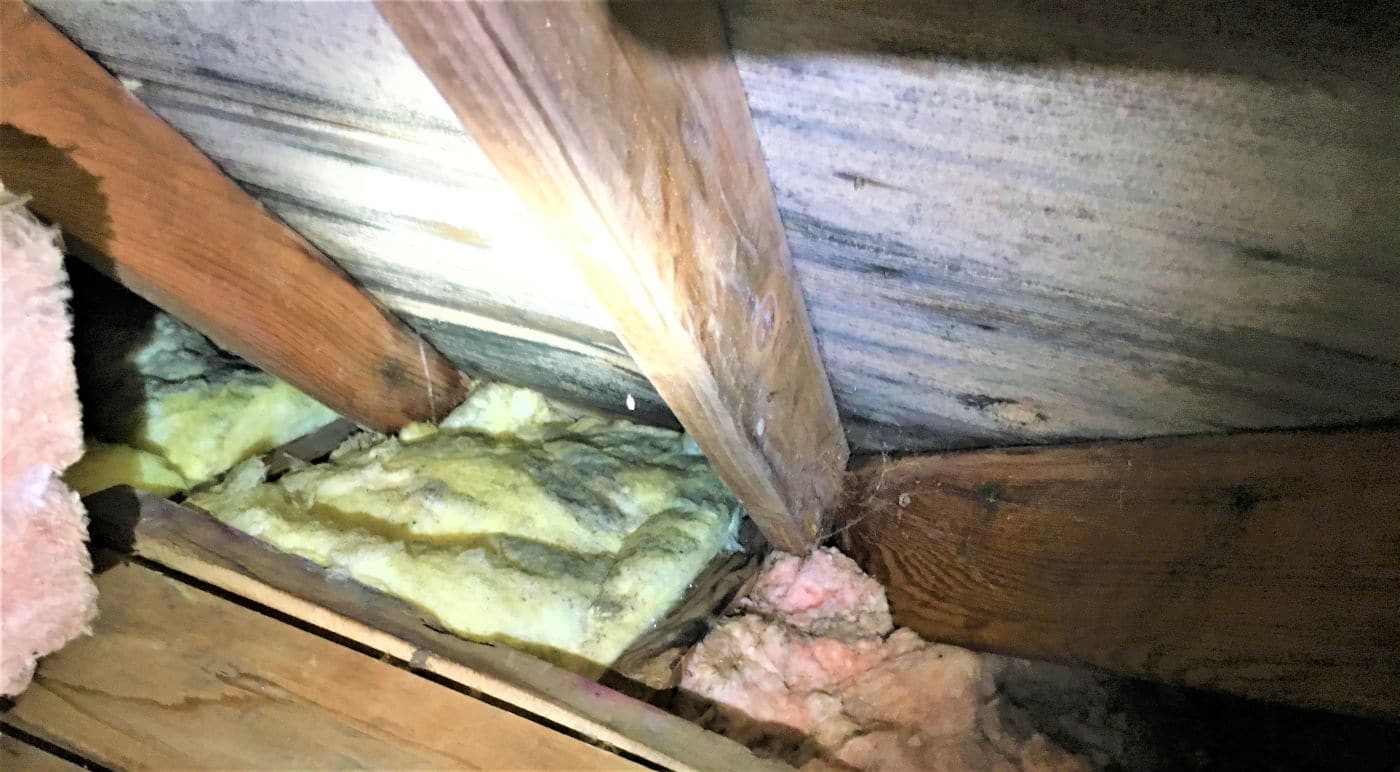

Articles
What Does Mold On Insulation Look Like
Modified: October 20, 2024
Discover the appearance of mold on insulation in this informative article. Learn how to identify and address mold issues to ensure a healthy and safe environment.
(Many of the links in this article redirect to a specific reviewed product. Your purchase of these products through affiliate links helps to generate commission for Storables.com, at no extra cost. Learn more)
Introduction
Mold is a common and persistent issue that can affect various areas of our homes, including insulation. Mold growth on insulation not only compromises its effectiveness but also poses health risks to the occupants. It is important to be able to identify and address mold on insulation promptly to prevent further damage and maintain a healthy living environment.
In this article, we will explore what mold on insulation looks like, the factors that contribute to its growth, the associated health risks, and most importantly, effective methods for prevention and removal of mold on insulation.
Understanding and addressing mold on insulation is crucial for homeowners, as it can have significant implications for the structural integrity of the property and the well-being of its occupants. So, let’s dive in and learn how to identify and tackle this persistent problem.
Key Takeaways:
- Identifying mold on insulation is crucial for maintaining a healthy living environment. Look out for visual discoloration, musty odors, water damage, and allergic reactions as signs of potential mold growth.
- Preventing and removing mold from insulation requires controlling moisture, maintaining proper ventilation, and using mold-resistant materials. Early detection, regular inspections, and prompt action are essential for a mold-free home.
Read more: What Does Mold In A Carpet Look Like
Understanding Mold on Insulation
Mold on insulation occurs when moisture or water seeps into the insulation material, providing an ideal environment for mold spores to grow and thrive. Insulation is commonly found in areas such as attics, basements, and crawl spaces, where humidity levels are often higher and proper ventilation may be lacking.
Mold is a type of fungus that can reproduce rapidly and release spores into the air. These spores can spread and settle on different surfaces, including insulation. Once mold spores find a suitable moisture source, such as a damp or water-damaged insulation material, they can start to grow and form colonies.
Mold growth on insulation can have detrimental effects. It not only compromises the insulating capabilities of the material but also leads to unpleasant odors, discoloration, and potential structural damage. Moreover, mold spores can become airborne and pose serious health risks to the occupants of the building.
It is important to note that not all types of mold are harmful. However, any mold growth should be treated seriously, as prolonged exposure to mold spores can lead to respiratory issues, allergies, and other health problems.
Now that we have a basic understanding of mold on insulation, let’s explore the signs that indicate its presence.
Signs of Mold on Insulation
Identifying mold growth on insulation may not always be easy, as it is often hidden beneath the surface. However, there are several common signs that can indicate the presence of mold on insulation:
1. Visual Discoloration: One of the most obvious signs of mold on insulation is discoloration. Mold can appear as black, green, or brown patches on the surface of the insulation material. Keep an eye out for any noticeable changes in color that may indicate mold growth.
2. Musty Odor: Mold produces a distinct musty smell, which can often be detected in areas where mold is present. If you notice a persistent, unpleasant odor in the vicinity of the insulation, it may be a sign of mold growth.
3. Water Damage: Water damage on insulation can create the perfect conditions for mold growth. Look out for any visible signs of water damage such as stains, dampness, or moisture on the insulation material, which may indicate the presence of mold.
4. Allergic Reactions: If you or your family members experience allergic symptoms such as sneezing, coughing, itchy eyes, or respiratory issues that worsen when spending time in areas with insulation, there may be mold growth hiding within the insulation.
5. Peeling or Blistering: Mold growth can cause the external layer of the insulation material to peel or blister. If you notice any unusual changes or deterioration in the texture of the insulation, it may indicate the presence of mold.
It’s important to note that some signs of mold on insulation may be less obvious, especially if the insulation is hidden behind walls or in hard-to-reach areas. In such cases, professional inspection and testing may be necessary to confirm the presence of mold.
Now that we recognize the signs of mold on insulation, let’s delve into how mold on insulation typically appears visually.
Visual Appearance of Mold on Insulation
The visual appearance of mold on insulation can vary depending on the type of mold and the specific conditions in which it is growing. Mold on insulation often presents itself in the following ways:
1. Spots and Patches: Mold on insulation typically forms as spots or patches of discoloration. These spots can range in color from black, green, or brown to yellow or white. The size and shape of the mold spots can vary, and they may appear fuzzy, slimy, or powdery in texture.
2. Growth Patterns: Mold can grow in distinct patterns on insulation. It may form as scattered spots or spread across the surface uniformly. The growth may be concentrated in certain areas or spread unevenly throughout the insulation material.
3. Texture: The texture of mold on insulation can vary depending on the type and stage of growth. It can appear fluffy, powdery, slimy, or even appear as a velvety layer on the surface of the insulation. The texture may change as the mold develops and spreads.
4. Discoloration: Mold growth on insulation often results in visible discoloration of the affected area. The color may be significantly different from the original color of the insulation material. The presence of black, green, or brown patches is a common indication of mold growth.
5. Spore Clusters: In some cases, mold on insulation may form clusters of spores. You may notice small clusters of black or dark-colored dots, which are actually mold spores grouped together. These clusters can indicate active mold growth and the potential for further spread.
It is important to note that the visual appearance of mold can vary, and it may look different depending on the specific type of mold and the conditions in which it is growing. If you suspect mold growth on your insulation, it is advisable to consult with a professional to identify the type of mold and determine the best course of action for remediation.
Now that we understand the visual appearance of mold on insulation, let’s explore the factors that contribute to its growth.
Factors Promoting Mold Growth on Insulation
Mold requires specific conditions to grow and thrive. When it comes to mold growth on insulation, several factors contribute to its development and spread. By understanding these factors, we can take preventive measures to minimize the risk of mold growth:
1. Moisture: Moisture is the primary factor that promotes mold growth. If insulation becomes damp or wet due to leaks, condensation, or high humidity levels, mold spores can settle on the moist surface and begin to grow. It is crucial to address any sources of moisture and ensure proper ventilation in areas with insulation.
2. Lack of Air Circulation: Insufficient airflow and poor ventilation can create an environment conducive to mold growth. Stagnant air allows moisture to accumulate and increases the likelihood of mold colonization on the insulation. Proper ventilation is essential to maintain dry conditions and prevent mold growth.
3. Organic Material: Mold requires organic material as a food source to grow. Insulation materials, such as cellulose, foam, or fiberglass, can provide favorable conditions for mold growth if they become damp or water-damaged. Mold spores can feed on these organic materials and rapidly multiply.
4. Temperature: Mold tends to thrive in environments with temperatures between 77°F and 88°F (25°C and 31°C). These temperature ranges are commonly found in areas like attics or basements. By maintaining a consistent temperature throughout the home and utilizing insulation materials with mold-resistant properties, the risk of mold growth can be reduced.
5. Time: Mold growth is a gradual process that can take place over an extended period. If insulation remains wet or damp for an extended period without proper drying or remediation, mold spores can take hold and start to colonize. Early detection and prompt action are essential to prevent further mold growth on insulation.
By addressing these factors and implementing proactive measures, such as proper insulation installation, maintenance, and regular inspections, we can minimize the risk of mold growth on insulation. It is crucial to be mindful of these factors, especially in areas prone to moisture accumulation, to ensure a healthy and mold-free living environment.
Now that we understand the factors that contribute to mold growth on insulation, let’s explore the potential health risks associated with it.
Mold on insulation can appear as a fuzzy, discolored growth. Look for patches of black, green, or white on the surface of the insulation. If you suspect mold, it’s important to address the issue promptly to prevent further damage and potential health risks.
Read more: What Does Mold Look Like On Ceiling
Health Risks and Hazards Associated with Mold on Insulation
Mold growth on insulation can pose significant health risks to both humans and pets. Mold releases spores into the air, and when inhaled, these spores can cause a range of health problems. Here are some of the health risks and hazards associated with mold on insulation:
1. Allergies: Mold spores are known allergens and can trigger allergic reactions in susceptible individuals. Common symptoms include sneezing, coughing, congestion, itchy or watery eyes, and skin irritation. Prolonged exposure to mold spores can worsen allergy symptoms and may lead to the development of asthma in some cases.
2. Respiratory Issues: Mold exposure can have a negative impact on the respiratory system, causing respiratory issues such as coughing, wheezing, shortness of breath, and chest tightness. These symptoms can be particularly problematic for those with pre-existing respiratory conditions, such as asthma or chronic obstructive pulmonary disease (COPD).
3. Irritation and Inflammation: Mold spores can irritate the nasal passages, throat, and lungs, leading to inflammation. This irritation can result in persistent coughing, throat irritation, sinus congestion, and respiratory discomfort.
4. Toxigenic Mold: Some types of mold, such as Stachybotrys chartarum (also known as black mold), produce mycotoxins. Inhalation or direct contact with these mycotoxins can lead to more severe health effects, including neurological symptoms, immune system suppression, and even organ damage in rare cases.
5. Secondary Infections: Mold on insulation dampened by water damage may provide a breeding ground for bacteria and other microorganisms. Excessive mold growth can create an ideal environment for these harmful microorganisms to thrive, increasing the risk of secondary respiratory infections and other health complications.
It is important to note that the severity of health effects can vary depending on factors such as individual sensitivity, duration of exposure, and the type and concentration of mold present. If you suspect mold growth on your insulation and are experiencing unexplained health issues, it is advisable to consult a healthcare professional and have the mold issue addressed promptly.
Now that we understand the potential health risks associated with mold on insulation, let’s explore effective methods for prevention and removal.
Preventing Mold Growth on Insulation
Preventing mold growth on insulation is key to maintaining a healthy living environment and preserving the integrity of the insulation. Here are some effective methods for preventing mold growth on insulation:
1. Moisture Control: The most crucial step in preventing mold growth is controlling moisture. Regularly inspect insulation areas for signs of leaks, water damage, or condensation. Address any plumbing issues, fix leaks promptly, and ensure proper ventilation in areas prone to moisture accumulation, such as bathrooms and kitchens.
2. Proper Installation: Ensuring that insulation is installed correctly is essential for preventing mold growth. Make sure the insulation is properly sealed and does not have any gaps or areas where moisture can infiltrate. Professional installation can help ensure that insulation is correctly installed and minimize the risk of mold growth.
3. Keep Areas Well-Ventilated: Good airflow and ventilation are crucial in minimizing moisture buildup. Use exhaust fans in bathrooms and kitchens to remove excess humidity. Make sure that attic and crawl space vents are clear and functioning properly. Proper ventilation helps to keep the air circulating and prevent moisture from settling on the insulation.
4. Maintain Proper Indoor Humidity Levels: Keep indoor humidity levels between 30% and 50% to discourage mold growth. Use dehumidifiers in areas with high humidity, especially in basements or crawl spaces. Monitoring humidity levels can help prevent excessive moisture that can contribute to mold growth on insulation.
5. Regular Inspections: Regularly inspect insulation areas for any signs of water damage, leaks, or mold growth. Check for discoloration, stains, or musty odors. Early detection allows for prompt action and prevents mold from spreading and causing further damage.
6. Proper Insulation Materials: Consider using insulation materials with mold-resistant properties. There are specific insulation products available in the market that are designed to be resistant to mold growth. These materials can help reduce the risk of mold growth and provide added protection to your insulation.
By implementing these preventative measures, homeowners can significantly reduce the risk of mold growth on insulation. However, if mold growth is already present, it is crucial to address it promptly through proper removal techniques.
Now, let’s explore effective methods for removing mold from insulation.
Removing Mold from Insulation
When it comes to removing mold from insulation, it is important to approach the task carefully to minimize the spread of mold spores and ensure effective remediation. Here are some steps and methods to consider when removing mold from insulation:
1. Safety Precautions: Before you begin the mold removal process, make sure to take proper safety precautions. Wear protective gear, such as gloves, goggles, and a mask, to avoid direct contact with mold spores and prevent inhalation.
2. Isolate the Area: To prevent the spread of mold spores to other areas of the home, it is recommended to isolate the work area. Close off doors and windows and use plastic sheeting to seal off the area. Consider using a negative air pressure system or a fan to direct airflow out of the affected area to further contain the spores.
3. Dry the Area: It is crucial to dry the affected insulation and surrounding area before attempting to remove the mold. Use dehumidifiers, fans, or heaters to dry out the space. Removing the moisture source helps to prevent further mold growth and aids in the removal process.
4. Vacuum and Scrub: Start by vacuuming the surface of the moldy insulation using a vacuum cleaner with a HEPA filter. This helps to remove loose mold spores from the surface. Next, scrub the affected area with a mixture of water and detergent or a mold-specific cleaning solution. Use a soft-bristle brush or sponge to gently scrub the surface and remove the mold.
5. Rinse and Dry: After scrubbing, rinse the area thoroughly with clean water to remove any residual cleaning solution or loosened mold particles. Once rinsed, make sure to dry the area completely. Proper drying is crucial to prevent mold regrowth.
6. Dispose of Contaminated Materials: If mold growth is extensive or the insulation cannot be effectively cleaned, it may be necessary to remove and dispose of the contaminated insulation. Consult with a professional mold remediation specialist to handle the removal and disposal safely.
7. Preventive Measures: After mold removal, take steps to prevent future mold growth. Address any underlying moisture issues, improve ventilation, and consider applying a mold-resistant coating or encapsulant to the insulation surface. Regularly monitor the area for signs of mold recurrence and take prompt action if needed.
It is important to note that severe cases of mold contamination or large-scale mold problems may require professional assistance. Consulting with a mold remediation specialist is recommended to ensure proper handling and effective remediation.
Now that we have explored the process of removing mold from insulation, let’s wrap up our discussion.
Conclusion
Mold growth on insulation is a common and persistent issue that can have detrimental effects on both the structural integrity of your home and the health of its occupants. Understanding how to identify, prevent, and remove mold from insulation is crucial for maintaining a healthy and mold-free living environment.
In this article, we explored the signs of mold on insulation, including visual discoloration, musty odors, and water damage. We also discussed the potential health risks associated with mold exposure, such as allergies, respiratory issues, and secondary infections.
To prevent mold growth on insulation, it is essential to control moisture levels, maintain proper ventilation, and address any plumbing issues or leaks promptly. Regular inspections are vital in detecting mold growth early and taking appropriate action. Additionally, using insulation materials with mold-resistant properties can help minimize the risk of mold colonization.
If mold is already present on insulation, it is crucial to approach its removal with care. Taking proper safety precautions, isolating the affected area, and using appropriate cleaning methods can help effectively remove mold. In severe cases, professional assistance may be necessary for thorough remediation.
By implementing preventive measures, promptly addressing any signs of moisture or mold growth, and seeking professional help when needed, homeowners can effectively prevent and tackle mold on insulation, preserving the integrity of their homes and ensuring the well-being of their families.
Remember, early detection and proactive actions are key to keeping your insulation mold-free and creating a safe and healthy living environment.
Frequently Asked Questions about What Does Mold On Insulation Look Like
Was this page helpful?
At Storables.com, we guarantee accurate and reliable information. Our content, validated by Expert Board Contributors, is crafted following stringent Editorial Policies. We're committed to providing you with well-researched, expert-backed insights for all your informational needs.
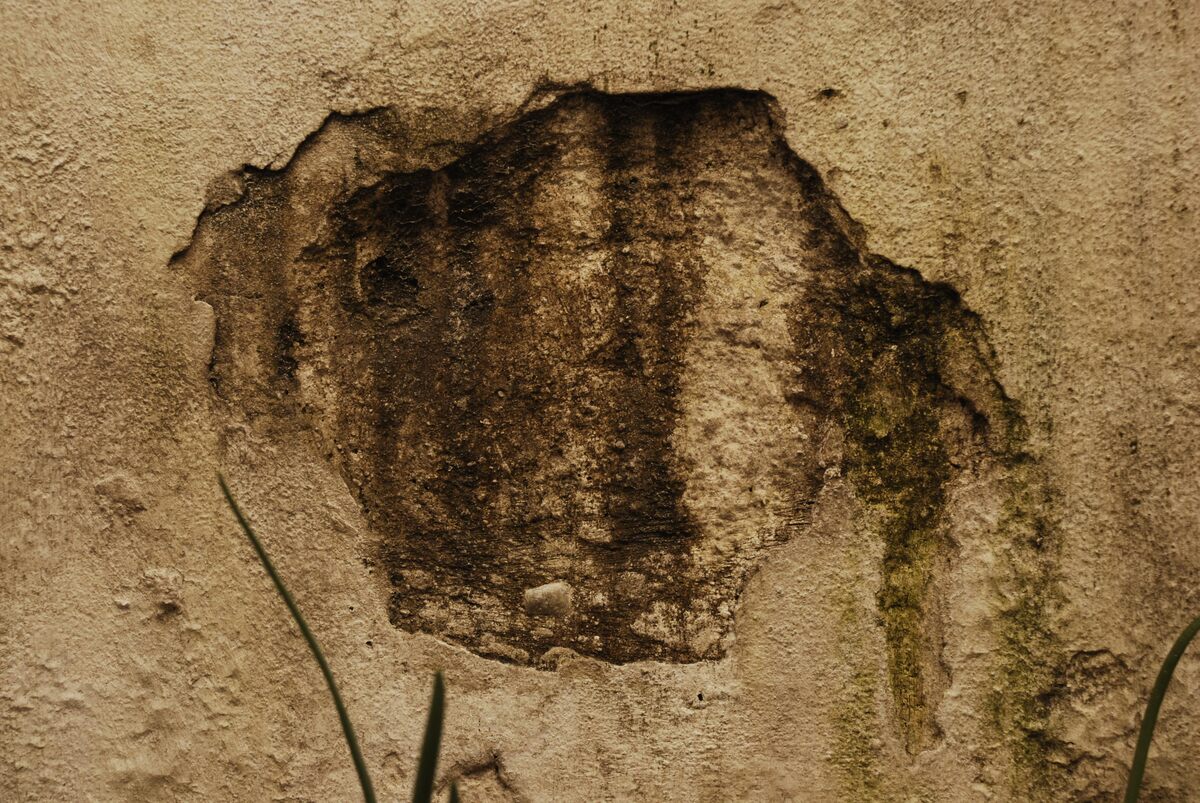
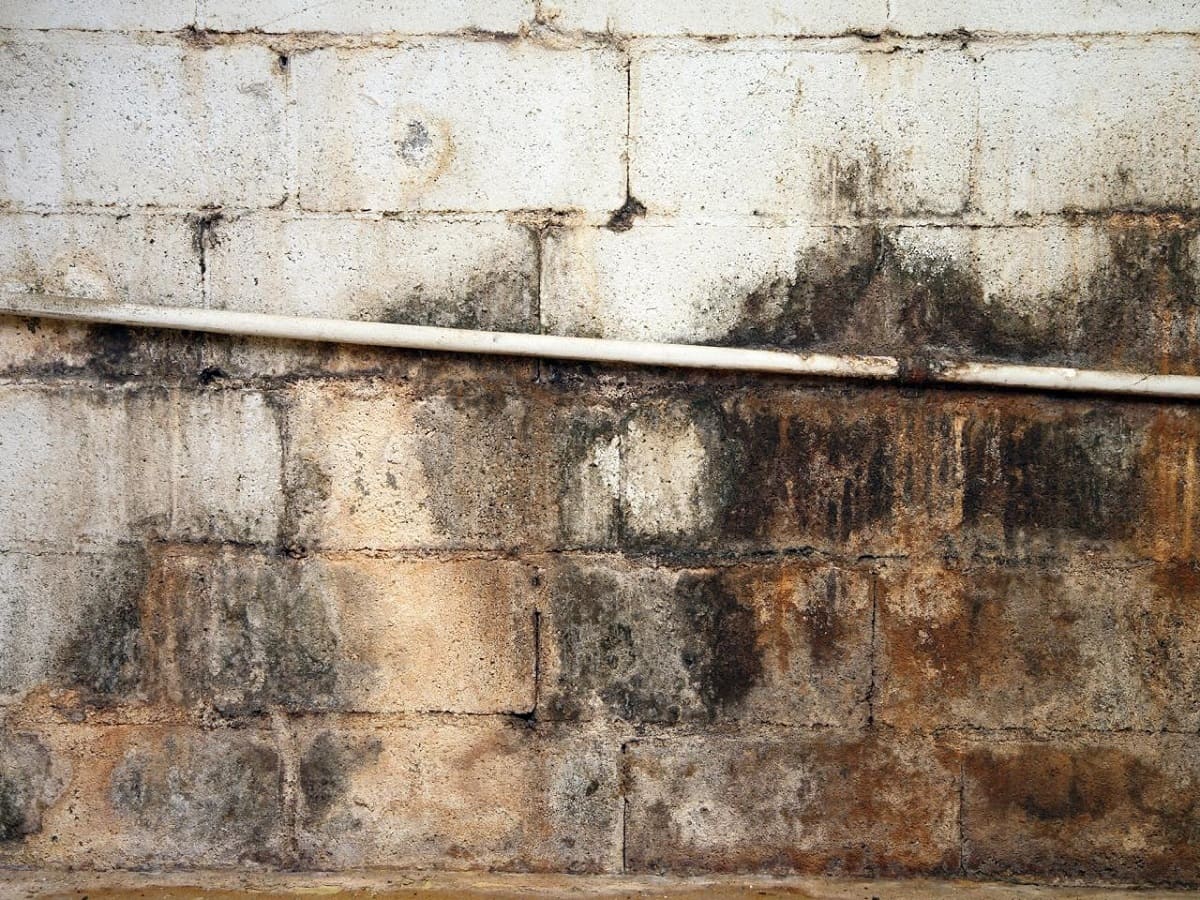
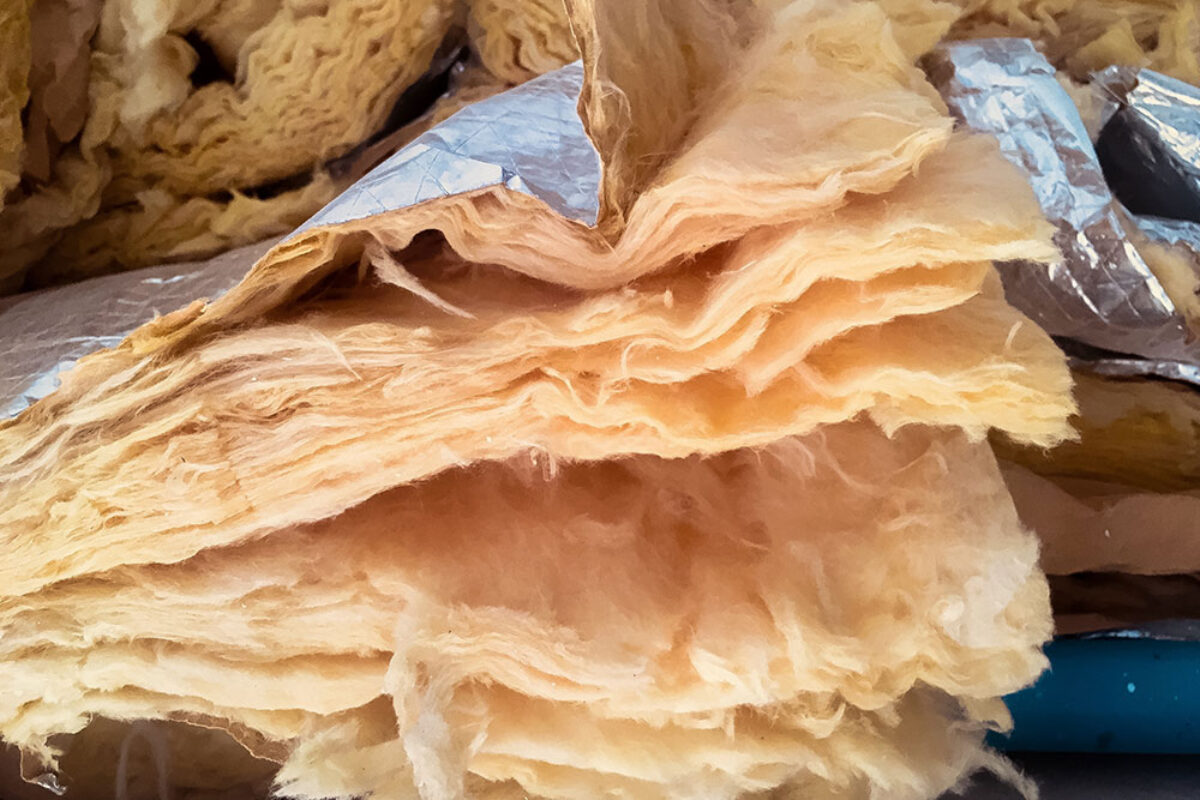
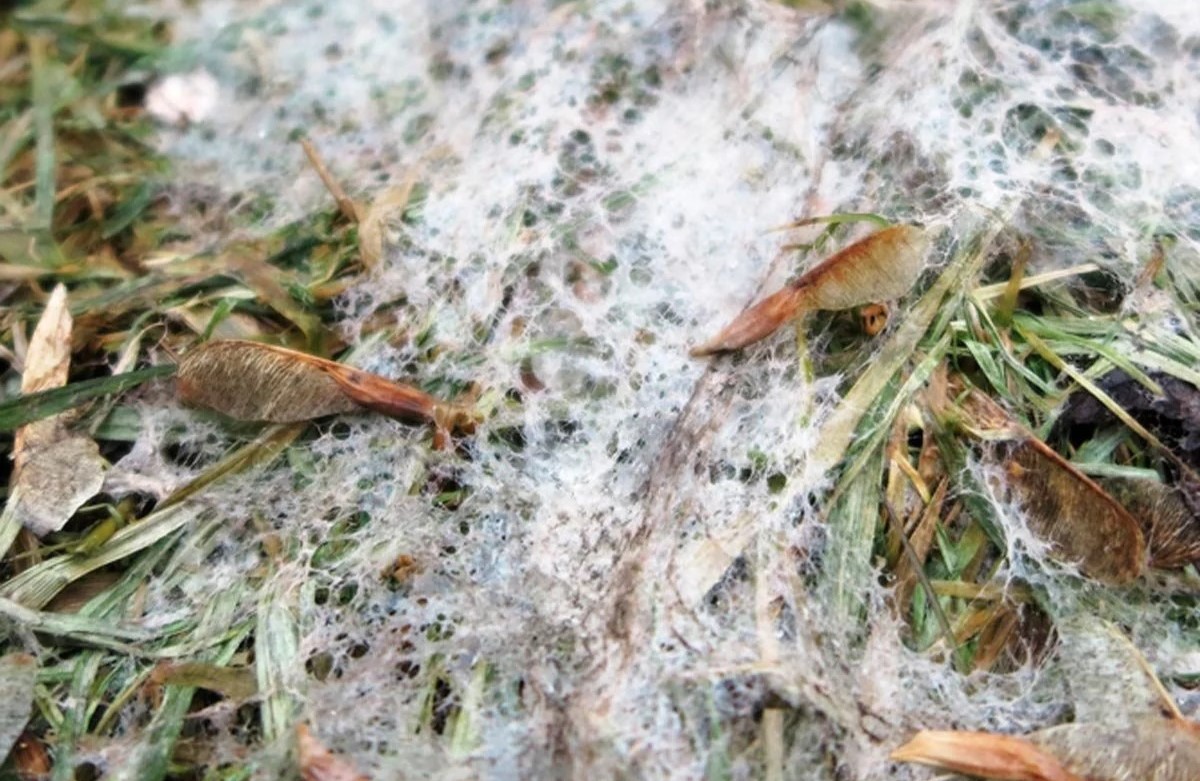

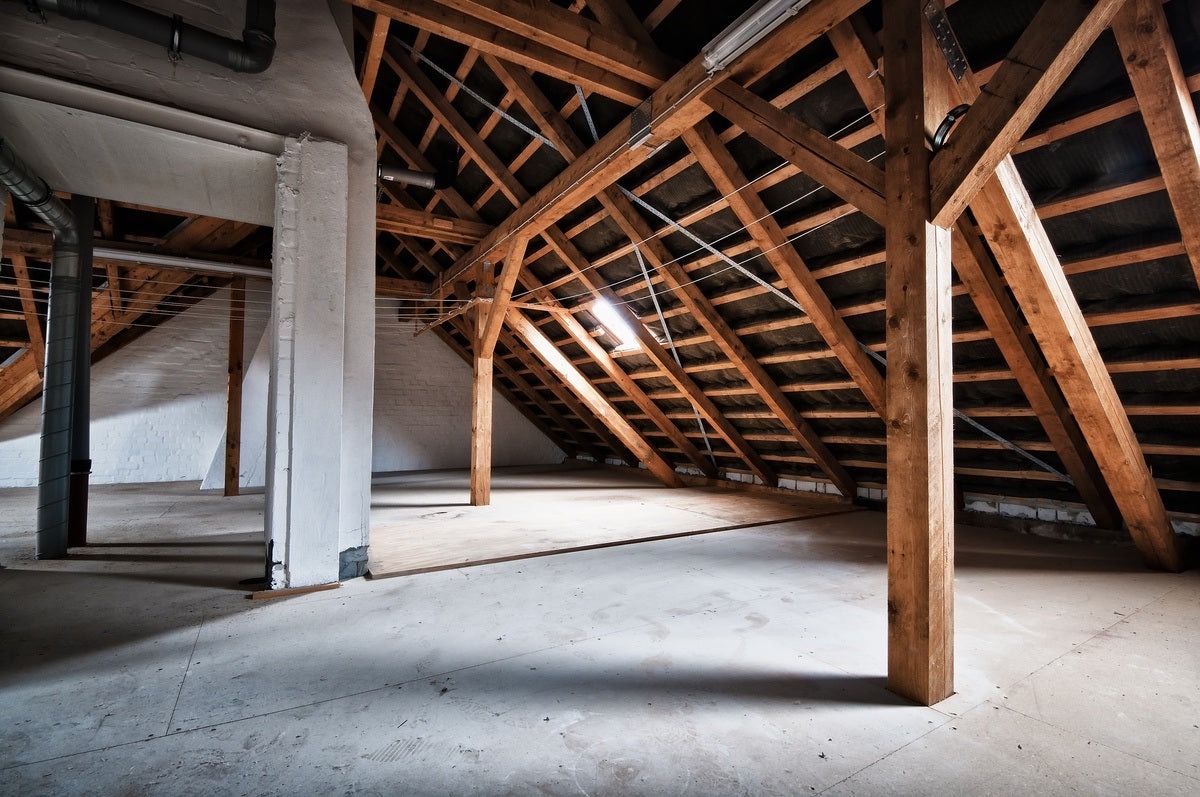
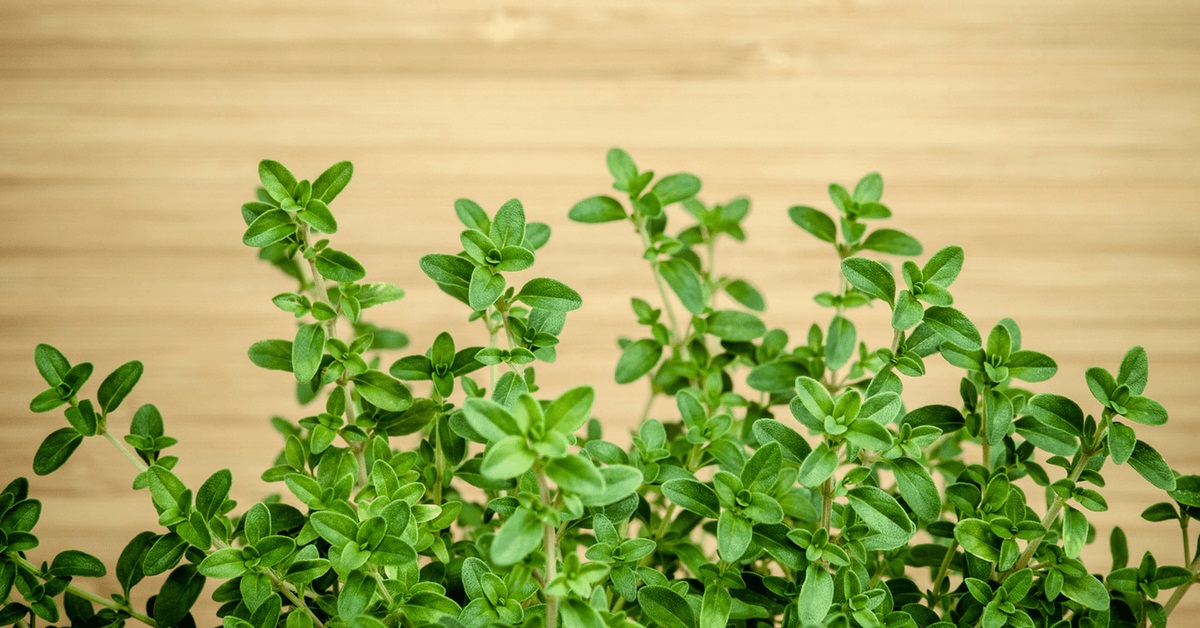

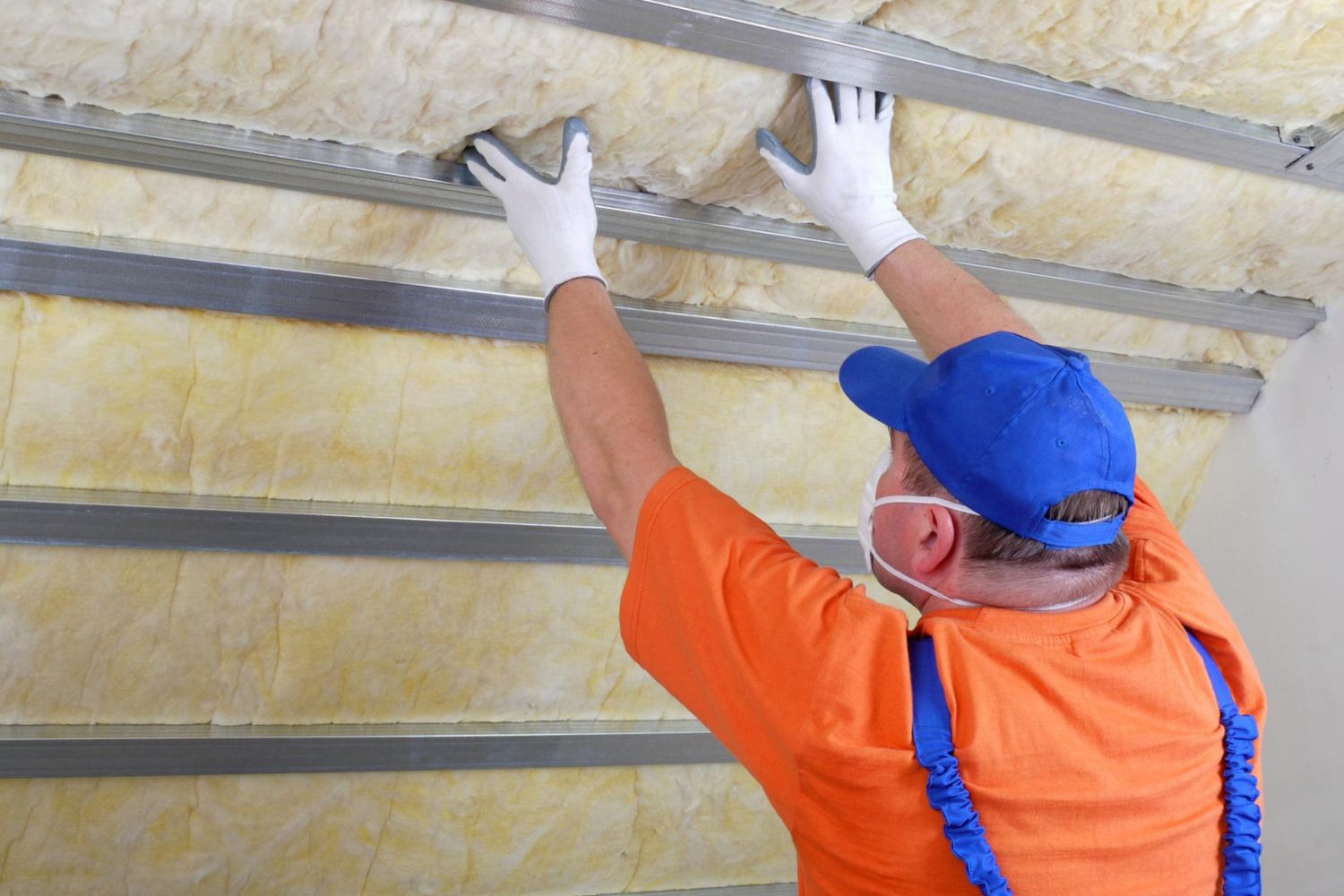

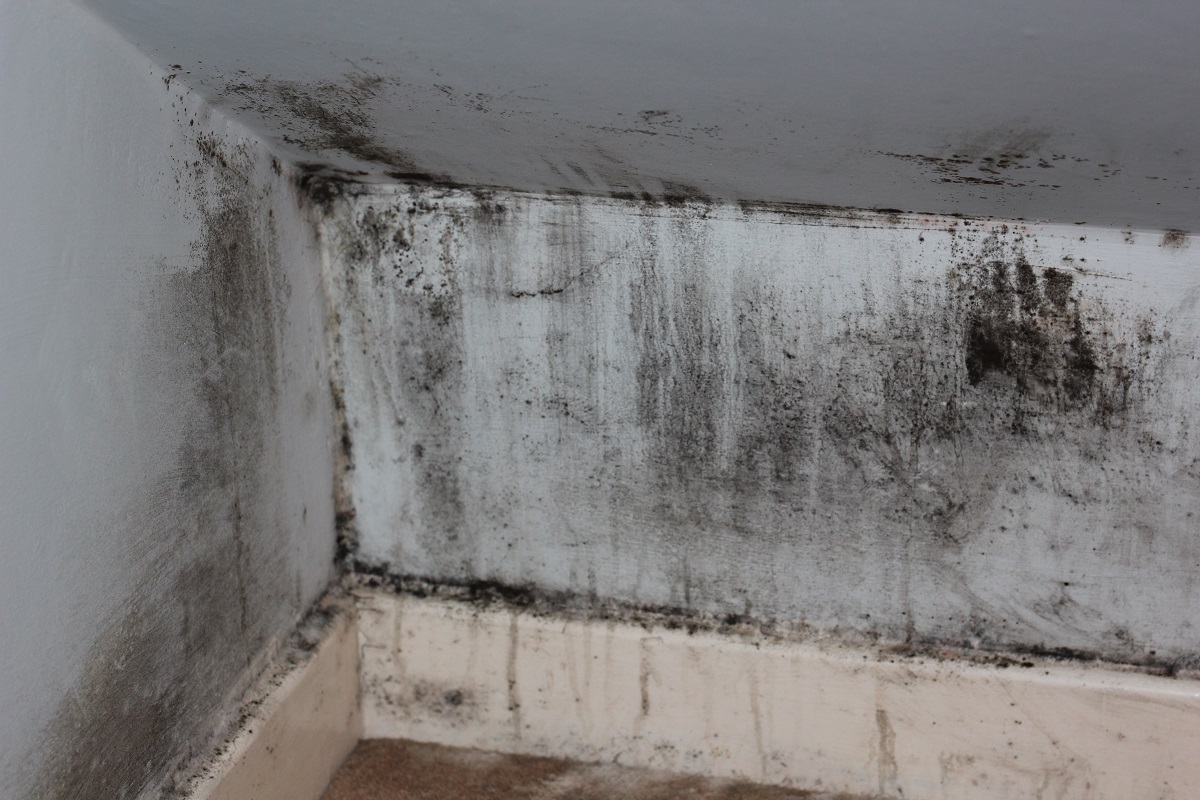
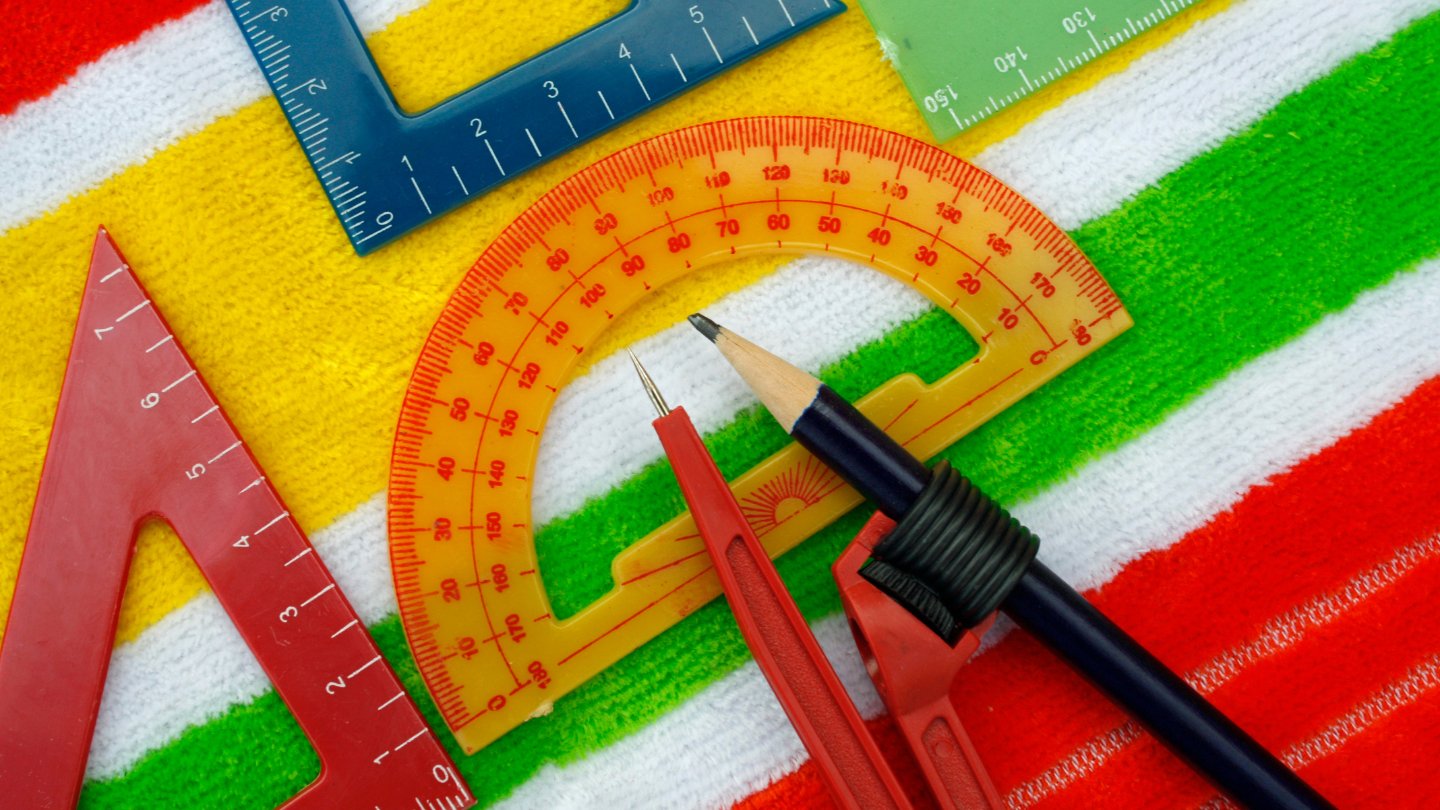
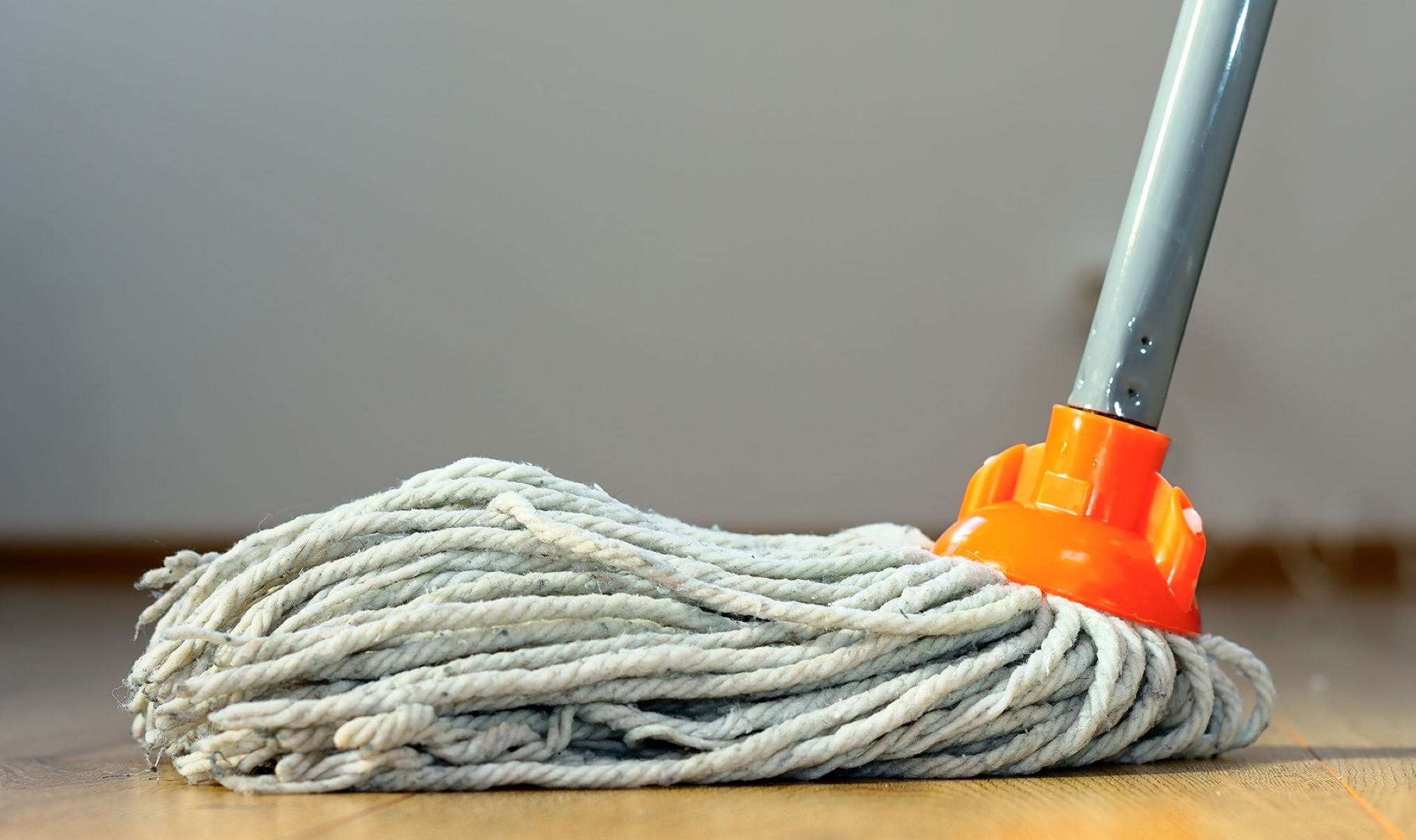
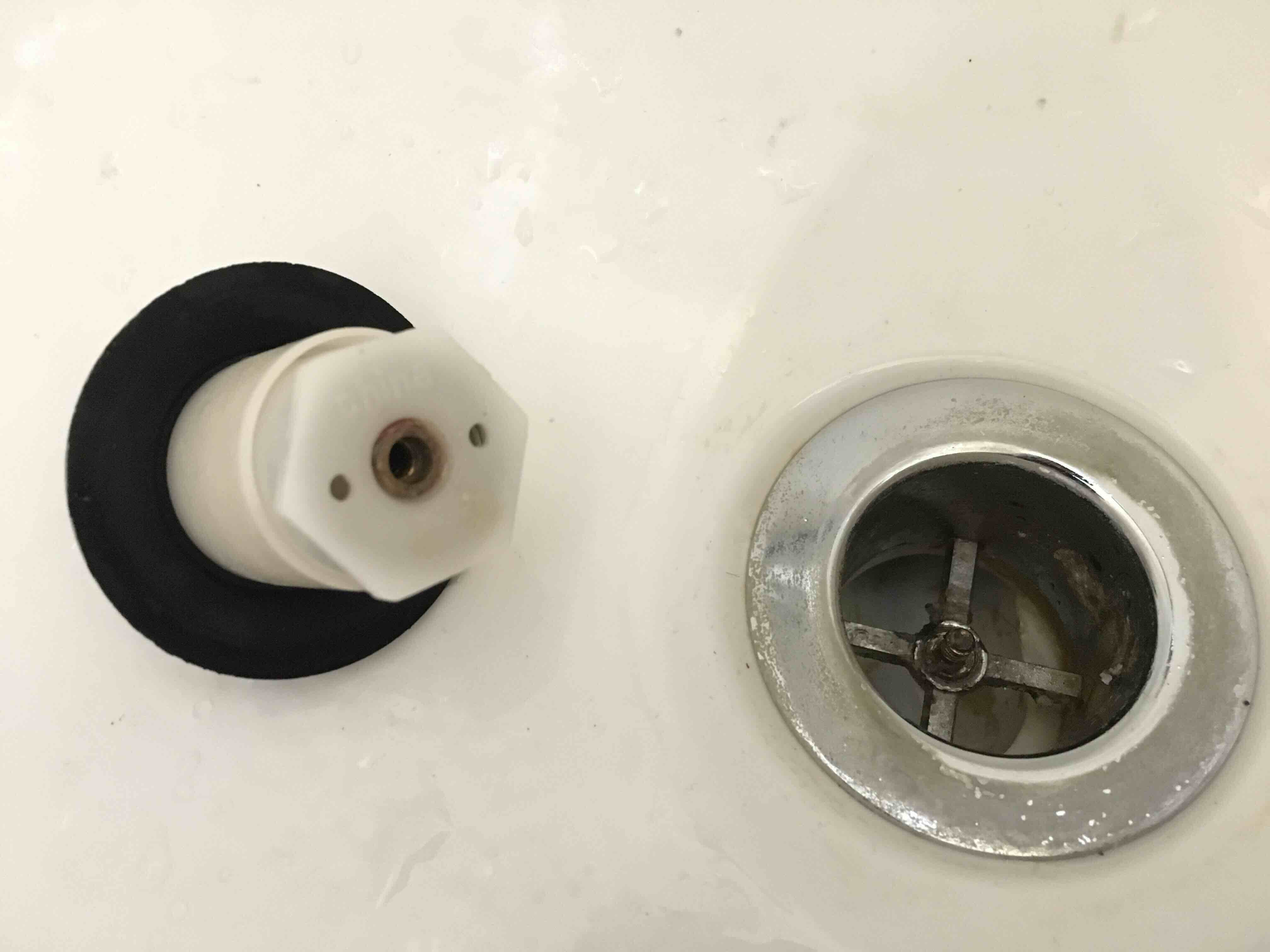

0 thoughts on “What Does Mold On Insulation Look Like”